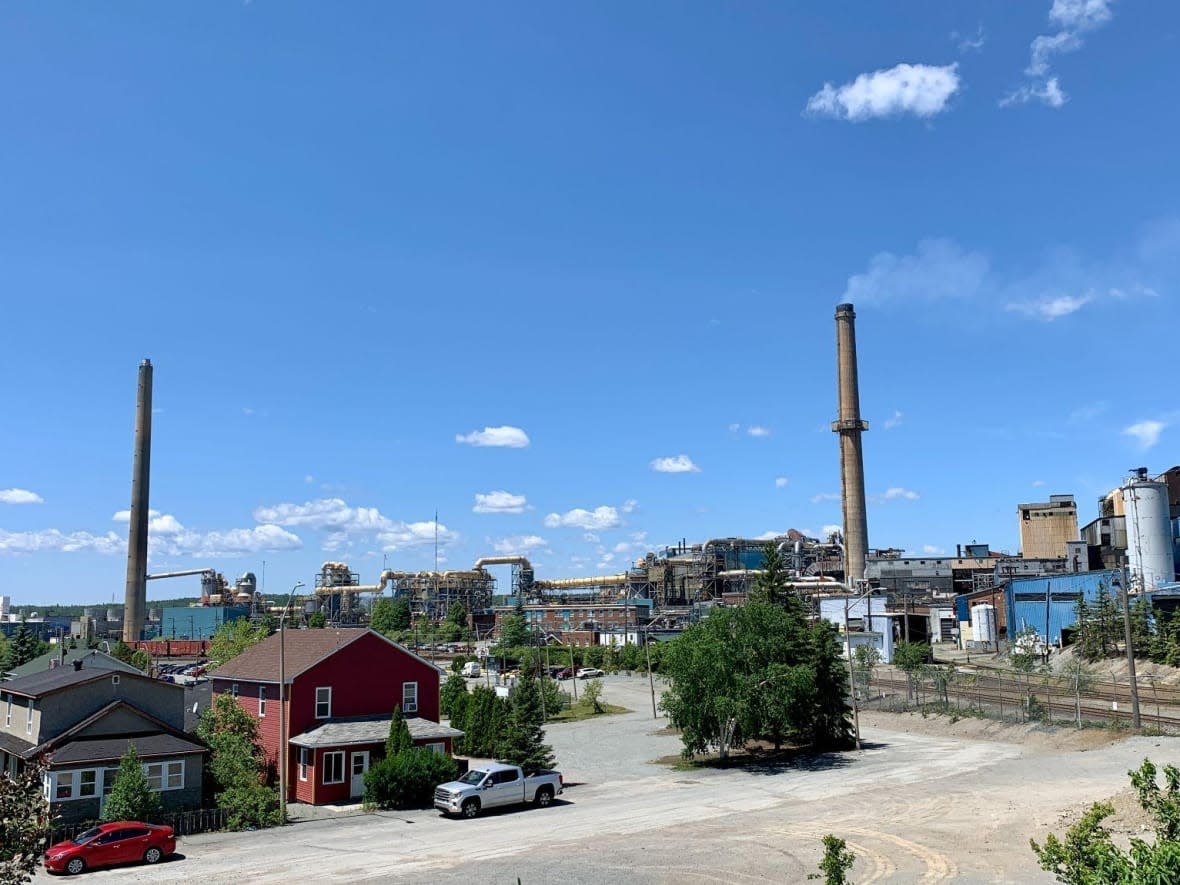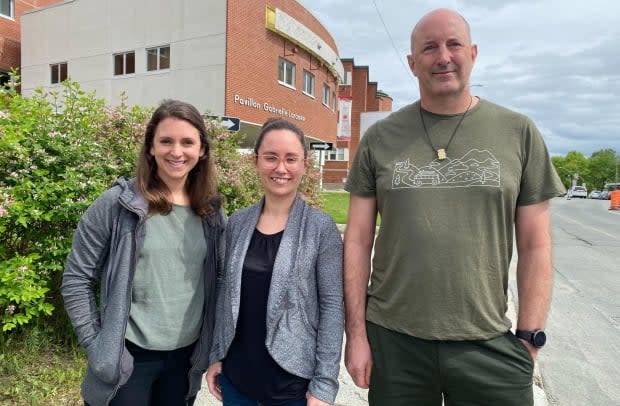Doctors ask Quebec to crack down on arsenic emissions in Abitibi region

A group of more than 50 doctors and health professionals in Quebec's Abitibi-Témiscamingue region has published an open letter calling on the Legault government to do more to reduce the level of arsenic emissions in Rouyn-Noranda.
The average annual concentration of arsenic captured in the city by the Horne copper smelter in 2021 was 87 ng/m3, nearly 30 times higher than the 3 ng/m3 level considered safe for humans by Quebec's Environment Ministry.
The signatories ask Quebec Premier François Legault to "demand without delay a return to the same norms as the rest of Quebec for exposure to atmospheric contaminants."
Data released by Quebec's Health Ministry in May shows that the risks of developing lung cancer, having newborns with low birth weights and having a lower life expectancy have been historically higher in Rouyn-Noranda than the provincial average.
One of the letter's signatories, Rouyn-Noranda family doctor Marie-Pier Lemieux, said those statistics show that it's crucial to lower the arsenic levels in the air.
"It was very important for my colleagues and I to be very strong about our position that we cannot tolerate that so much toxic emissions are released in the air in Rouyn-Noranda," she said.
"It's about the health of our fellow citizens, our patients. That's what motivated many of my colleagues to co-sign this open letter."
The open letter comes a few weeks after a report by Radio-Canada found that Quebec's former public health director, Dr. Horracio Arruda, requested that lung cancer data in the region be removed from a biosurveillance report in 2019.
Lemieux said she was shocked when she learned that the government had this information for so long.
"We could've had that debate maybe three or four years ago," she said.
"They're hiding information from us that could be problematic for our health," she said. "There's no excuse."

In an email, Quebec's Health Ministry said it wasn't excluding any scenarios to protect the wellbeing of its population.
It said that while the Horne smelter has worked hard to reduce its arsenic emissions, which went down by more than 43 per cent since 2018, more needed to be done.
"It's certain that things must change," the statement read. The ministry noted that Environment Minister Benoit Charette had already spoken to the smelter about further reducing emissions.
The government and the smelter are currently in negotiations to renew a certificate that allows it to exceed the province's recommended threshold, which is part of an agreement to gradually reduce emissions.
The smelter has not yet responded to a request for comment from CBC News. In a statement sent in March, it blamed the 2021 increase in arsenic levels on an increase in winds blowing toward its sampling station, which led the station to overestimate the actual concentration in the air.
Quebec's college of physicians sent out a tweet in support of the open letter this morning, saying that "the scientific data was clear," and that it was important to "rapidly implement measures to ensure a better air quality."
Public health director Luc Boileau is expected to be in Rouyn-Noranda to speak about the situation on Wednesday.

 Yahoo Movies
Yahoo Movies 
